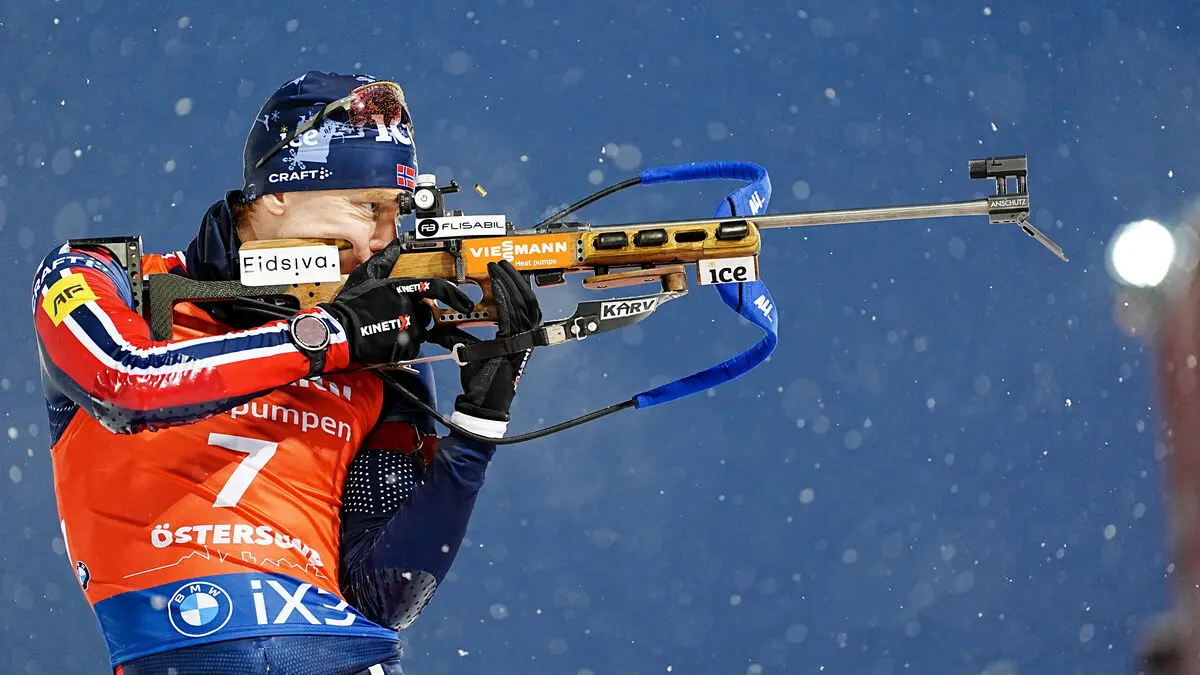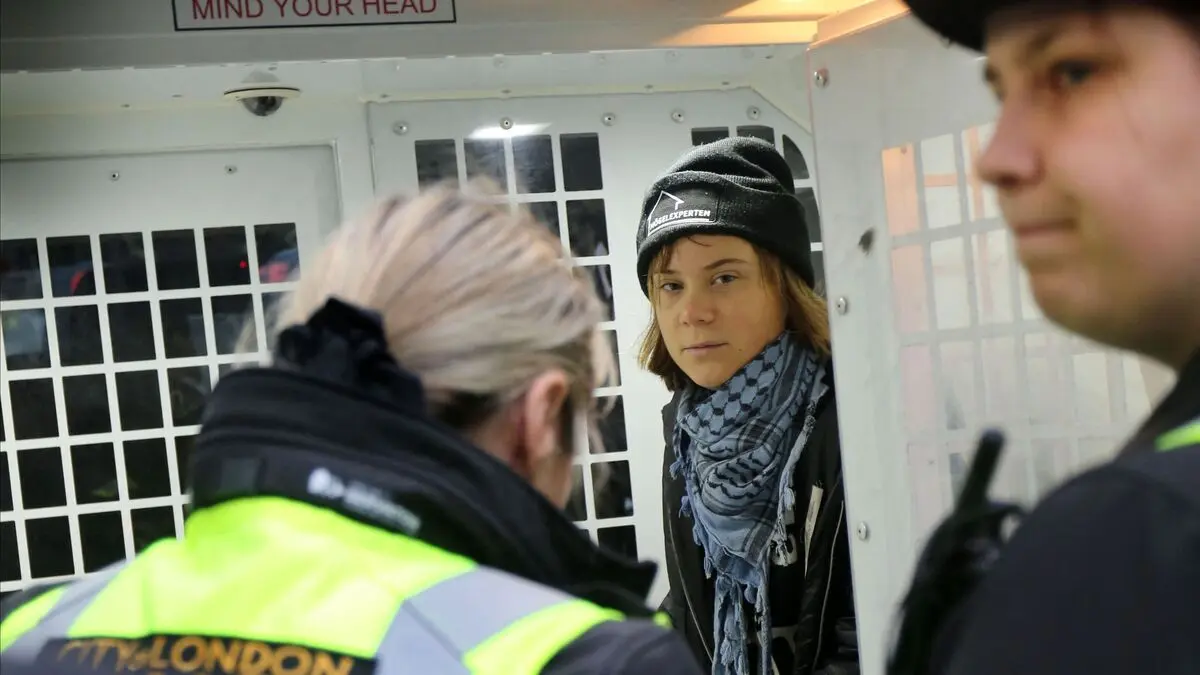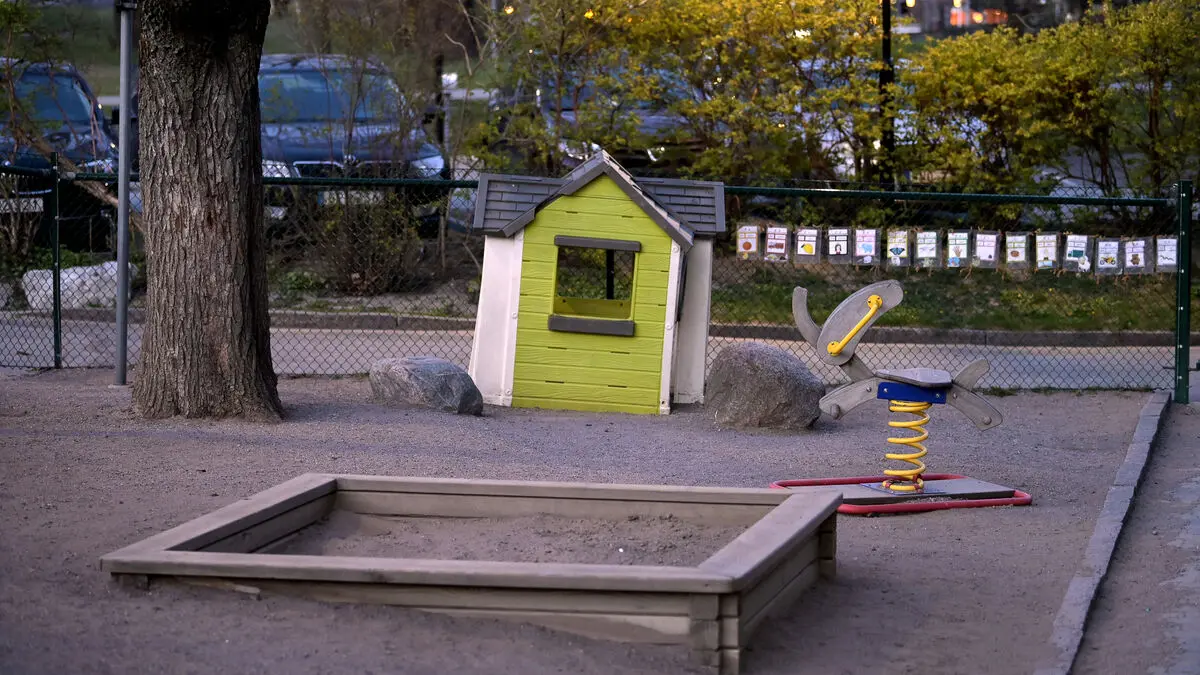It's unfortunately an innovation from our opponents, says Johan Olsson, head of the police's National Operational Department (Noa).
Several underage Swedish youths are suspected of the recent violent crimes in Sweden and Denmark. In some cases, as young as under 15 years old.
Johan Olsson states that the gangs previously almost exclusively recruited youths at physical locations in specific areas. Now, it's happening to a greater extent digitally via the internet and social media.
They have built up brands around criminality and with the help of that, they turn to vulnerable youths on different chat forums and ask if anyone wants to take on an assignment.
When many more
According to him, the gangs have a "fairly sophisticated way" of luring in young people, who can choose what they want to do, for example, a shooting at a door or killing a person.
You don't need to be ready to kill someone the first time you do it, but it can be a smaller assignment, and in that way, the youths are lured in, says Olsson.
But what digitalization does is to reach many more youths than if you had to reach them physically, he says.
The changing way of recruiting appeared "pretty suddenly", according to Olsson, and seems to be unique to Sweden.
I wouldn't say we're surprised, but we haven't seen this anywhere else in Europe, so it's clear that it's a new phenomenon for us to handle.
Get status
It can be significant sums that are offered, but sometimes the motivation is more about getting status or becoming part of a gang, according to the police.
Those who take on the assignments are often vulnerable and subject to social interventions. Some are living in Sis- or HVB-homes.
What conclusions do you draw – shouldn't they be allowed to have mobile phones in such homes?
From our perspective, I can only conclude that this is being used with brutal efficiency by organized crime to lure in young people into very serious crime, says Johan Olsson.
Risks for the public
The recent wave of violence in Sweden and also Denmark is due to several conflicts between criminal gangs, according to the police.
A number of conflicts have become very intense at the same time, and violence breeds violence, says Olsson.
How dangerous is it for the public?
There is a risk for the public. It's known since before. It's about the fact that they are shooting a bit earlier in the day and in more public places. Then the risk for third parties has increased.





